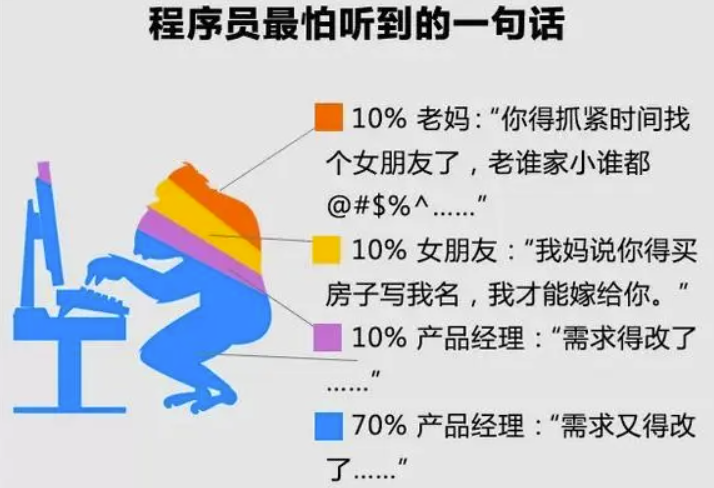Semi-quantitative analysis and quantitative analysis are both methods used in atomic emission spectroscopy (AES) to determine the concentration of elements in a sample, but they differ in their precision and accuracy.
Semi-quantitative analysis is a method that provides an estimate of the relative concentrations of elements in a sample. It involves comparing the intensity of spectral lines from the unknown sample to those of known standards or reference materials. Semi-quantitative analysis can be useful for quick screening or when only rough estimates are required, but it is not suitable for precise quantification. The accuracy of semi-quantitative analysis depends on the quality and similarity of the reference materials used.
Quantitative analysis, on the other hand, provides an accurate measure of the concentration of elements in a sample. It involves comparing the intensity of spectral lines from an unknown sample to those obtained from standard solutions containing known concentrations of each element. This method requires careful calibration and preparation to ensure that all instrumental parameters are well-defined and consistent between measurements. Quantitative analysis is more precise than semi-quantitative analysis because it takes into account variations due to instrumental factors such as detector response, light scattering effects, or matrix interference.
In summary, semi-quantitative analysis provides an approximate estimate of elemental concentrations while quantitative analysis delivers precise and accurate results by employing calibration curves derived from standard solutions.



















